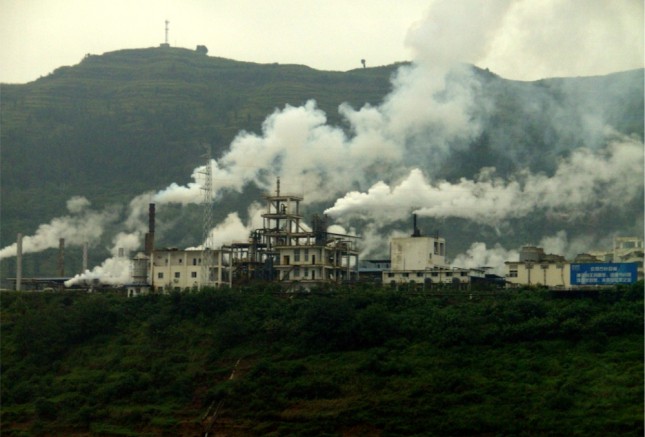Alicia García Herrero (Natixis) | On 13th December 2022, the EU passed a deal to set up a Carbon Border Adjustment Mechanism (CBAM) to arrest the carbon leakage problem and further support the energy transition. Carbon leakage in this context equates to the scenario that EU countries import carbon-intensive products from countries where carbon emissions are not taxed. More specifically, under CBAM, EU firms will need to pay the difference between the EU ETS carbon price and the exporting country’s domestic carbon price (considered zero if no carbon pricing mechanism in place) to get CBAM certificates for their imports from non-EU countries.
This new rule will undoubtedly affect the EU’s global suppliers of carbon-intensive products and, potentially, further push the reshuffling of the global supply chain, especially as far as sourcing to the EU is concerned. In this note, we estimate the direct impact of CBAM on Asian economies through a sectoral decomposition of their exports to the EU while adjusting for the existing carbon pricing instruments.
CBAM’s sectoral coverage includes iron and steel, cement, aluminium, fertilizers, and electricity. Chart 1 shows major Asian economies’ share of global gross exports in these sectors. Clearly, China has greatest market share for all products in the CBAM scope, and is, thus, most exposed to the immediate impact of the EU’s new tax tool. Following China, India also shows more vulnerability relative to others given its relevant export share for cement and aluminium. Developed markets such as Japan and South Korea also have considerable shares for iron and steel. As to the emerging markets such as ASEAN, the exposure is commonly low.
Another critical factor in our assessment is whether the economies of production have domestic carbon prices and how high they are. For the countries in discussion, only China and South Korea have established ETS markets (Chart 2). Japan and Singapore have carbon tax already in effect while other countries are still in the process of creating their own carbon pricing instruments. That said, China’s ETS market can only provide limit shield against CBAM as it covers only the power generation sector, and the price of carbon remains stubbornly low at around 8 to 10 USD/ton. South Korea has an ETS market covering about 67% of total greenhouse gas emission and six sectors including industry and buildings.
However, its latest carbon emission price is about 12 USD/ton, also substantially lower than the EU’s 89 USD/ton. Japan’s and Singapore’s current carbon tax rates are also very low (2 USD and 3.7 USD per ton of CO2 equivalent, respectively). As such, the existing ETS markets or carbon taxes can hardly offer any shelter in the face of the introduction of CABM in October 2023.
In conclusion, Asia’s nascent carbon pricing mechanisms are no match for the EU ETS and thus may provide little support to their carbon-intensive exports, but China may take the hardest hit from CBAM given its overwhelming market share for the relevant products among all.





